"The new rule on tire height does not improve safety": Swiss Side challenges the new UCI regulation
Opposing opinions continue to appear regarding the latest measures adopted by the UCI to improve safety in races. Swiss Side criticizes the measure that limits the rim height to 65 mm maximum profile, pointing out that all wheels have been put in the same category and that their 68 mm model provides more stability than some 50 mm profile models that would be allowed according to the new regulations.
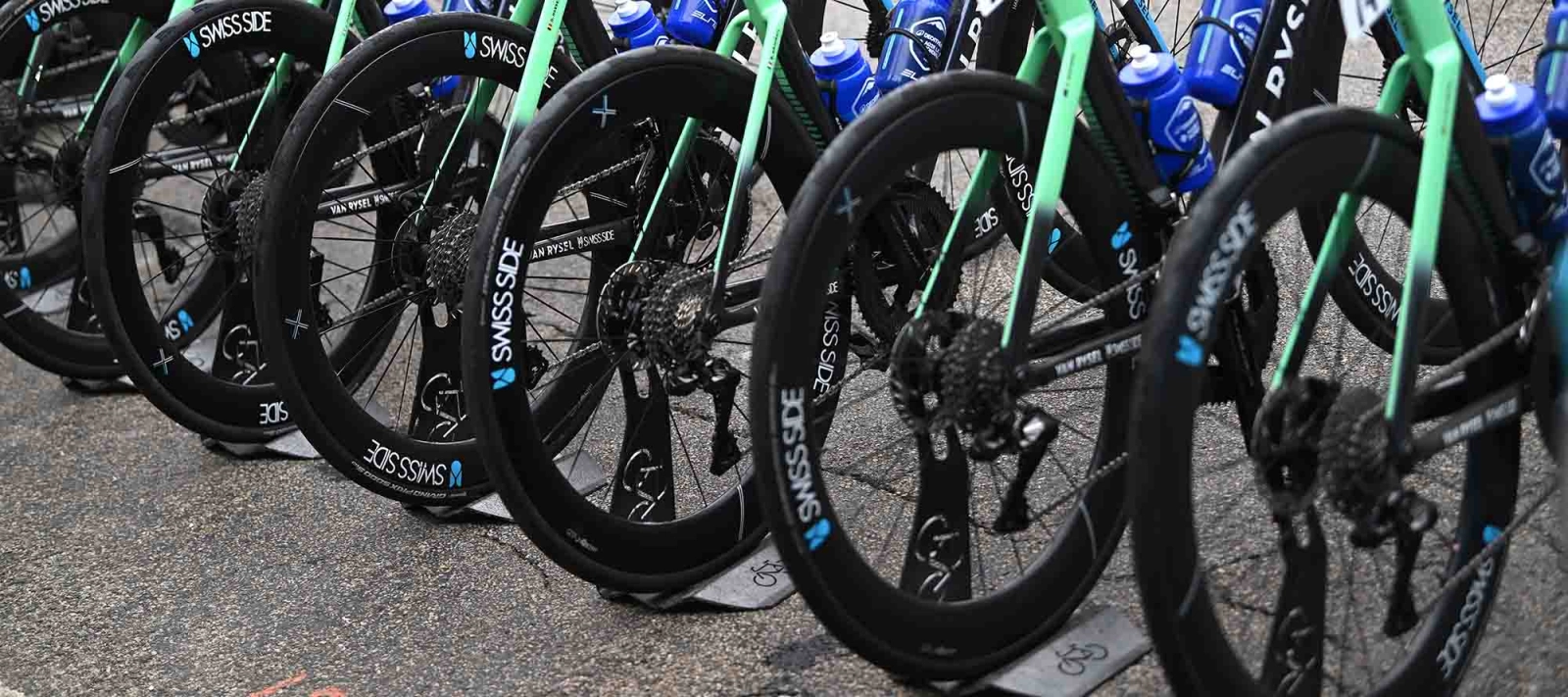
Criticism continues towards the new solutions adopted by the UCI to improve safety
Swiss Side, the Swiss aerodynamics expert laboratory and manufacturer of the spectacular wheels used by Decathlon-AG2R La Mondiale cyclists, has published an open letter expressing their dissatisfaction with the rule that limits the maximum rim height that can be used in competition to 65 mm, which would mean a ban on competition for their new Hadron 680 wheels that the brand launched just a few days ago.
Swiss Side relies on their wind tunnel data to explain that their Hadron 680 wheels are more stable in crosswind conditions than some 50 and 60 mm models currently used in competition and whose use will continue to be allowed when the new rules dictated by the UCI come into effect.
RECOMENDADO
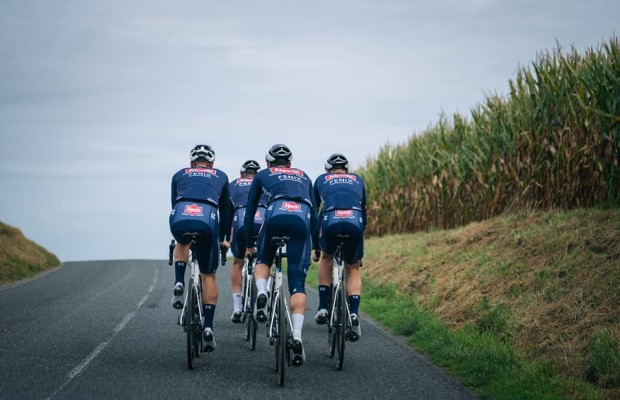
The cyclist's patience: how long, gentle training sessions build your best season

Tips for cycling in the rain

25 cycling gifts ideas to get it right

When do helmets have to be changed? Do they have an expiration date?
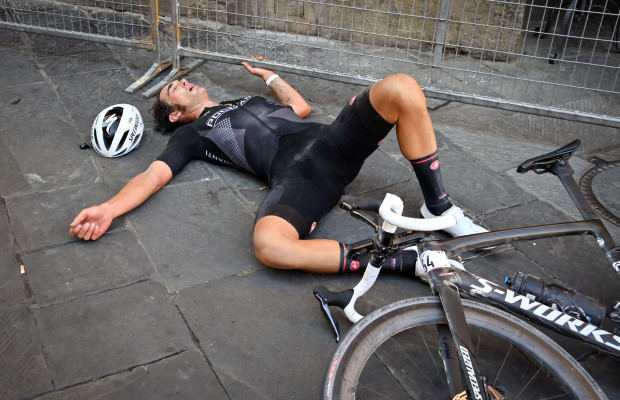
How many days should a cyclist rest per week?
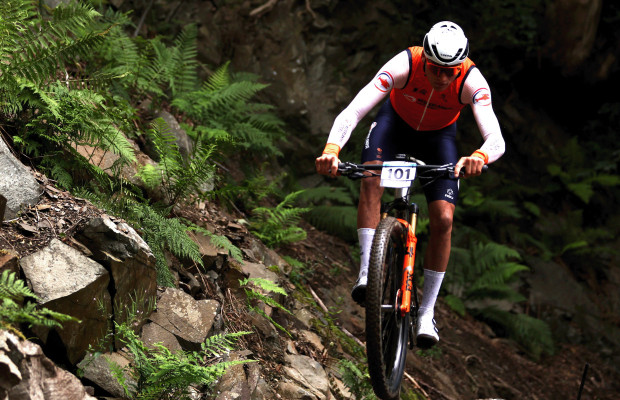
Some reasons to stay away from the road in winter

The data collected during the development and extensive experience in the study of aerodynamics by Swiss Side indicate that there are other factors that influence wheel stability more than the profile, such as tire width or bike geometry. Currently, the Swiss brand states that existing knowledge in aerodynamics allows adjusting the wheel profile section to achieve the desired behavior, regardless of the profile itself, something that does not happen with all models on the market.
In this way, Swiss Side discredits the measures adopted by the UCI as a wheel may be valid for competition just for having a profile within the limits and yet, due to its profile design, be unstable. Therefore, the new rule would be inefficient in ensuring that cyclists compete using wheels that guarantee stability.
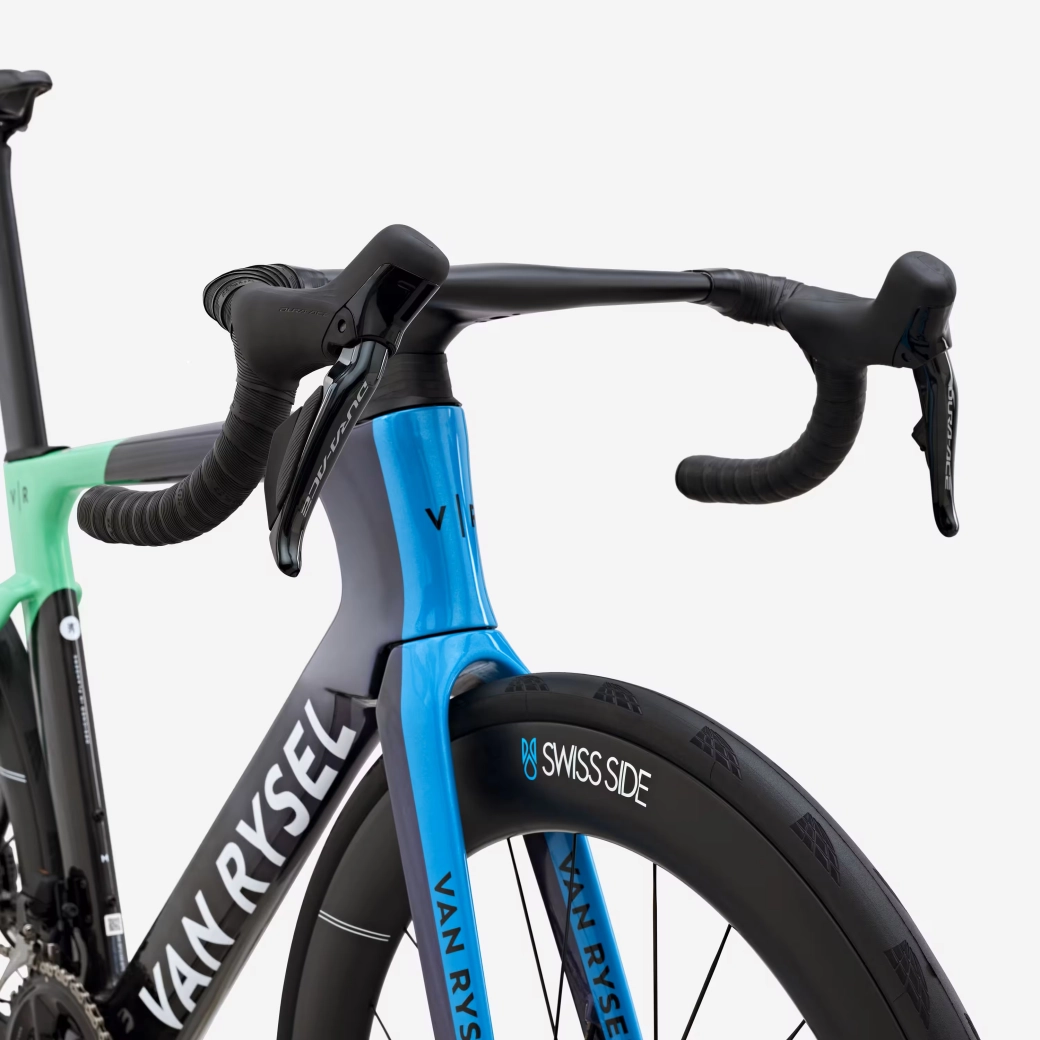
Swiss Side concludes by requesting that the UCI reconsider the adopted rule, making them aware of the factors that truly influence wheel stability and also requesting that the UCI include experts in the field when making future technical decisions of this magnitude.